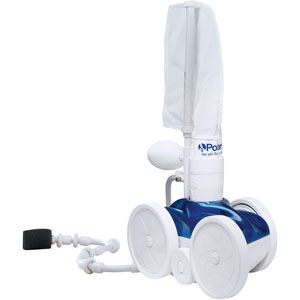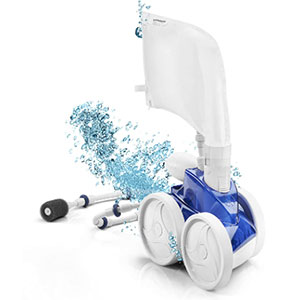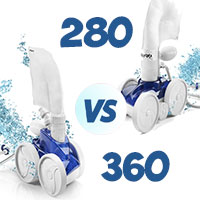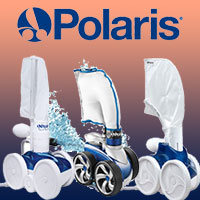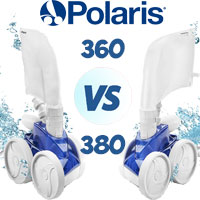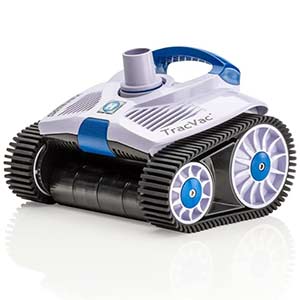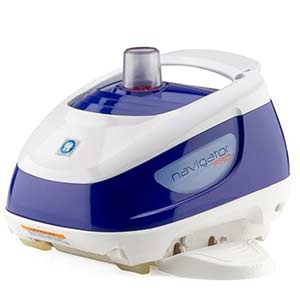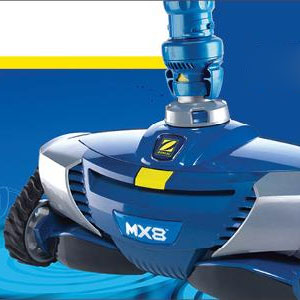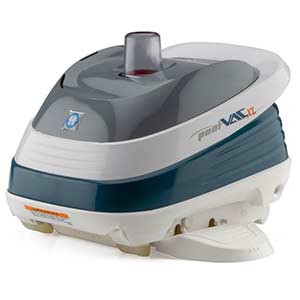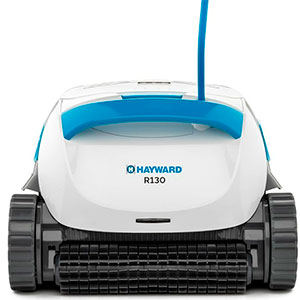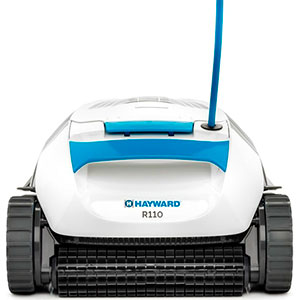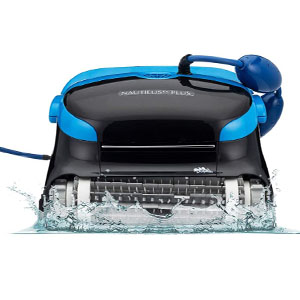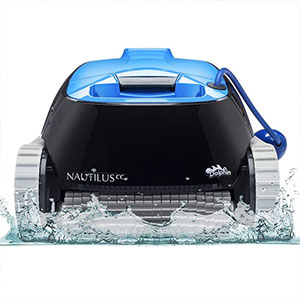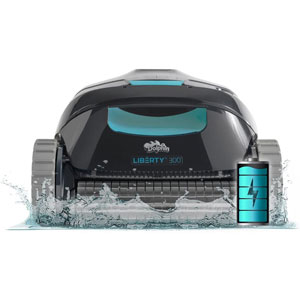Polaris 280 vs. 380 Comparison Review
Author: Marcus Robertson
Comparison Table
Dimensions
20" x 23" x 10"
9.75" x 20" x 22.5"
Weight
6.2 pounds
16.5 pounds
Pool Type
inground pools of all sizes and shapes
inground pools of all sizes and shapes
Surfaces Available
floor, walls
Walls, floors and steps
Jet System
2 jets
3 jets
Drive System
Shaft Drive
Belt drive
Suction Port
2.25”
2.25”
Bag
single chamber 2L bag
2L Ziplock filter bag
Hose Length
31 ft
31 ft
Booster Pump Required
Dimensions
20" x 23" x 10"
Weight
6.2 pounds
Pool Type
inground pools of all sizes and shapes
Surfaces Available
floor, walls
Jet System
2 jets
Drive System
Shaft Drive
Suction Port
2.25”
Bag
single chamber 2L bag
Hose Length
31 ft
Booster Pump Required
Dimensions
9.75" x 20" x 22.5"
Weight
16.5 pounds
Pool Type
inground pools of all sizes and shapes
Surfaces Available
Walls, floors and steps
Jet System
3 jets
Drive System
Belt drive
Suction Port
2.25”
Bag
2L Ziplock filter bag
Hose Length
31 ft
Booster Pump Required
Polaris 380
The Polaris 380 is an upgrade of the Polaris 280. It features three venturi jets, a belt drive system, and classic wheels. There are two Polaris 380 models on the market; the standard white and blue Polaris 380 and the Polaris 380 Black Max model for dark pools.
The advantage of the Polaris 380 over the 280 is the inclusion of three jets for better propulsion, and the belt drive system. It also offers better wall and steps cleaning. But, just like the two sides of a coin, it also has disadvantages. The Polaris 380 is more expensive, is maintenance-intensive, and has a problematic bag that drops off.




